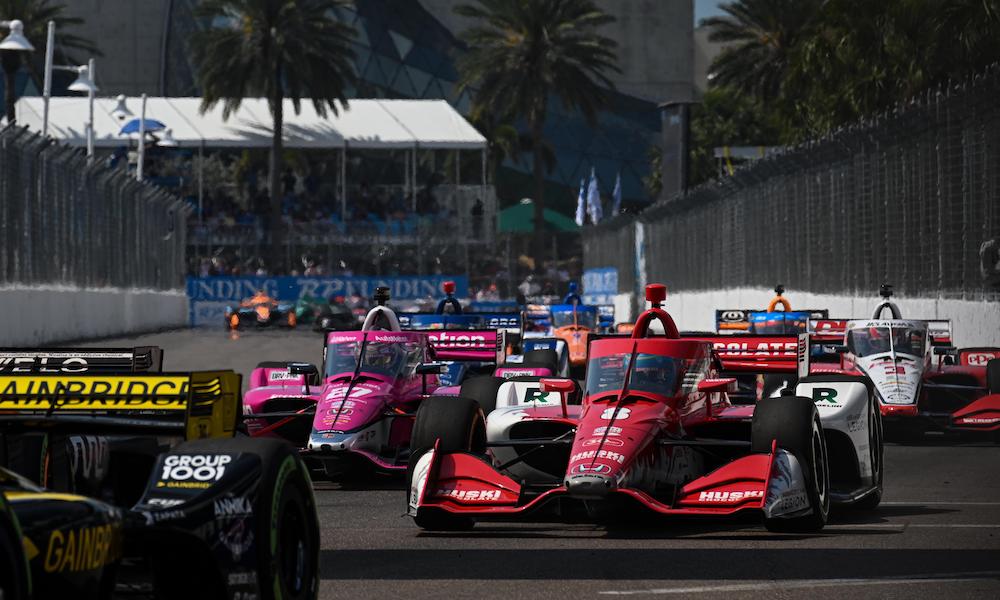The new IndyCar season is starting in St. Petersburg this weekend, but fans will need to wait until later in the year for the much-anticipated hybrid system to arrive. The American series’ biggest technological development for several years has taken longer than expected to hit the grid, but when it does it will make IndyCar the first oval series to run with an electrified powertrain.
It has been an intense and thorough route to fruition, but IndyCar is now confident that, following validation tests at the end of January with production-spec parts and software, it can deliver a safe, robust and unique system. IndyCar first introduced the idea of hybrids in 2019, inviting companies to tender for the contract and be ready for 2022. It also announced that Honda and General Motors would introduce new engines, increasing capacity from 2.2-litres to 2.4. However, under pressure from various external factors, the manufacturers opted to drop the new engine formula in favour of keeping the proven 2.2-litre unit. At least Honda’s engine did not go to waste, as it now forms the basis of the Acura ARX-06 LMDh that runs in IMSA.
How the IndyCar hybrid system is integrated
Introducing hybrid power into an existing Dallara IndyCar chassis has proven somewhat complicated. The Covid pandemic has not helped, nor have ongoing supply chain issues.
To accommodate the 48V hybrid system, more than 45kg had to be removed from the existing chassis in preparation for the energy recovery system (ERS), which will be mounted inside a new Dallara-built magnesium bellhousing. It was of little surprise, then, that in December 2023, IndyCar confirmed that the introduction of the hybrid system would be delayed until after the Indianapolis 500 in May, giving suppliers more time to test production-spec parts at Homestead and ensure the system is as reliable and safe as it can be.
Having invited companies to tender for the project, IndyCar retained technical oversight of the system’s development and worked with multiple partners to deliver it. Honda took on leadership of the hybrid project and engineered the supercapacitor pack, the DC-to-DC converter, the cooling system for the hybrid and the wiring. Ilmor Engineering took over from Mahle to finalise the installation of the motor generator unit (MGU) into the bellhousing. The MGU has been designed and…
Click Here to Read the Full Original Article at Racecar Engineering…

